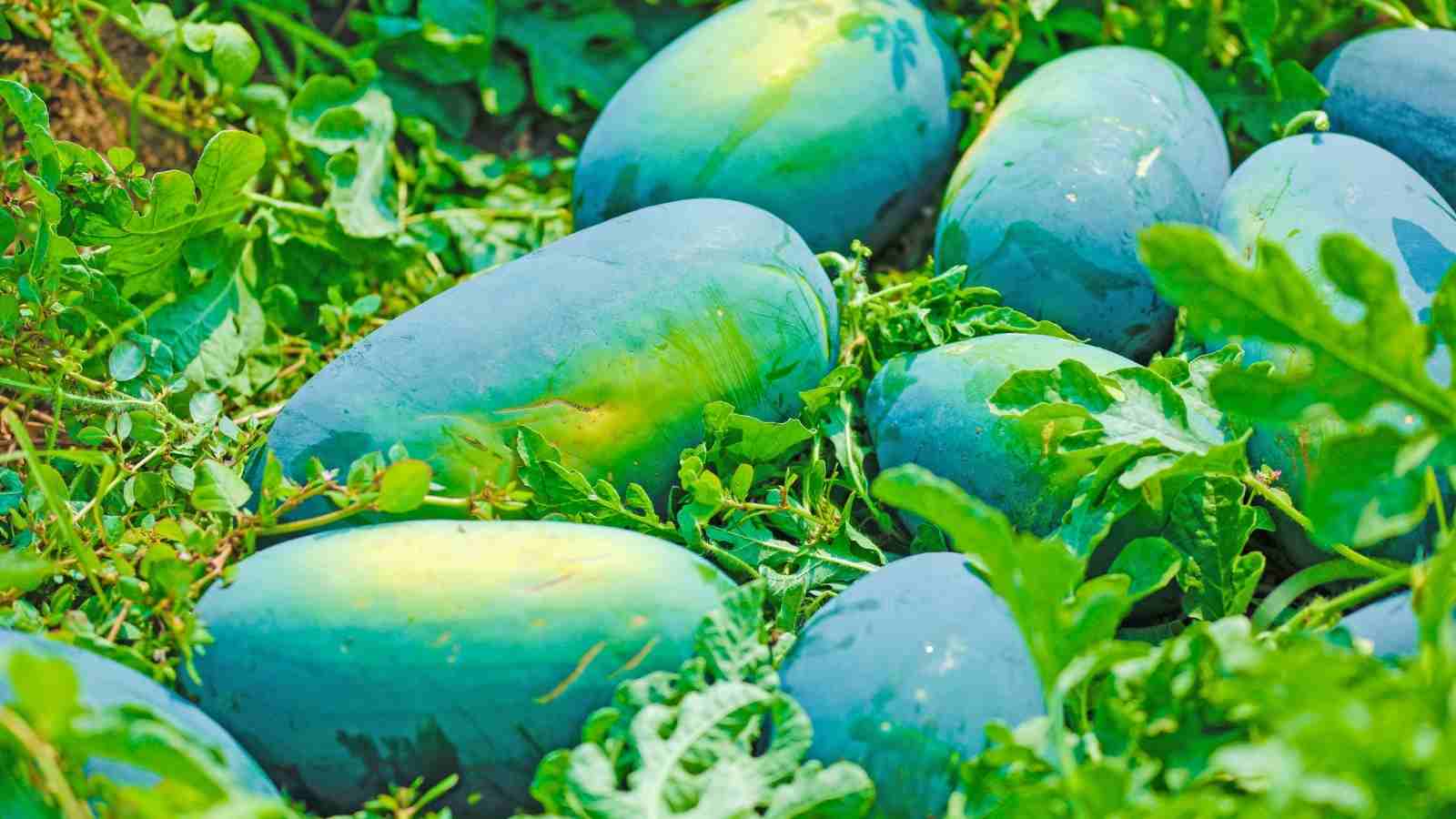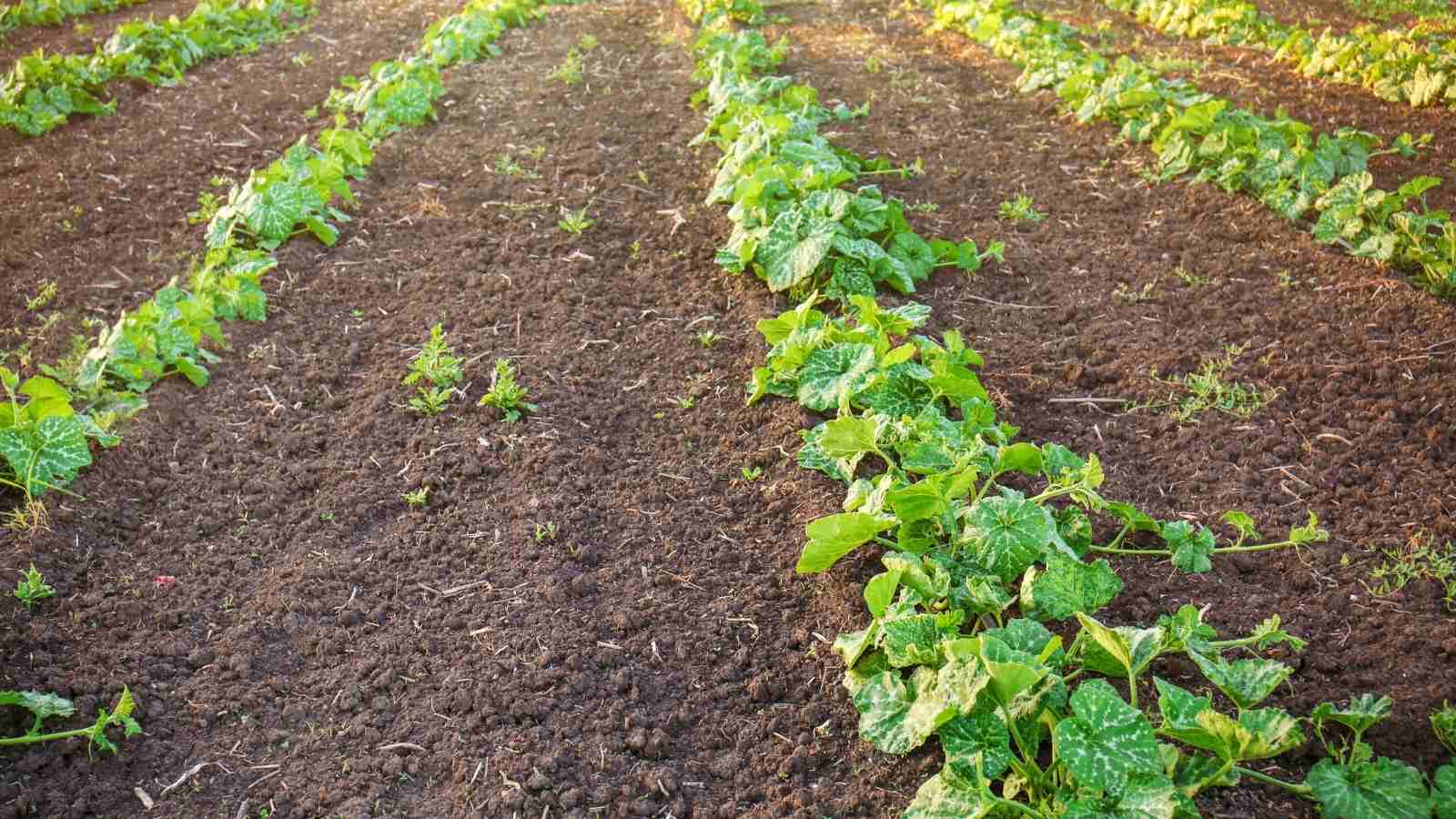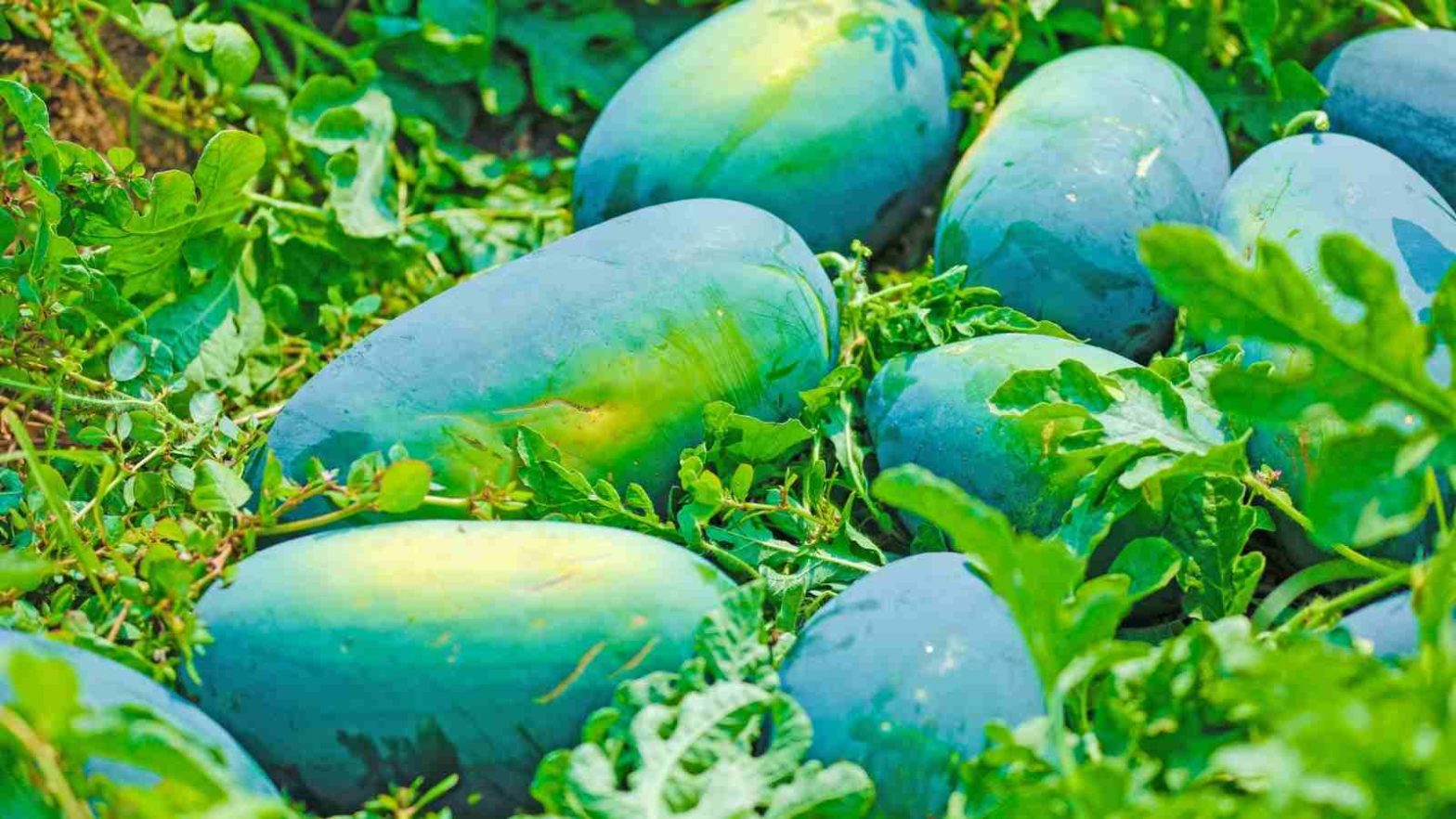With the scorching heat of the summers, who will not love to sip a glass of icy watermelon juice? Surely, everyone would love to gulp down the entire glass to their heart’s content. Watermelon is indeed a real refreshment and is always in high demand all across the country. Even in the chilly and spooky Halloween parties, you can always make ‘bloody dips’ with watermelon pulps.
From being sliced into thin pieces to being crushed into iced juices, watermelons always remain to be popular and tasty. Over the years, the commercial farming of the watermelons has increased a great deal to fetch more revenues by selling these exotic fruits. Earlier, these fruits were grown only for the domestic need but with the better mechanised technologies, these are being grown for the foreign markets as well. The states in which these crops are primarily cultivated are given as follows –

- Punjab
- Maharashtra
- Telangana
- Rajasthan
- Karnataka
- Uttar Pradesh
- Tamil Nadu
- Madhya Pradesh
The watermelons have very high water content and are also very rich in roughage. Owing to the increased proportion of fibre and water, they work miracles for the patients suffering from bowel issues or from digestion issues. These fruits are also very good for skin. Since, they are not allergic to the skins, so the extracts of watermelons are used in the cosmetic products like in the face washes and also in the lip balms. These fruits are very easy to grow so, they are often seen in the apartment gardens as well. These fruits belong to the family of vines so they take lesser spaces when made to grow vertically. Here in, we have tried to bring to the readers, the various exquisite patterns of watermelon farming in India.
1. What kind of soil is needed by the watermelons to grow well?
The soil needs to be very accurately laid as the watermelons are not very resistant nor very sturdy plants.
- These fruits crave for soils which are very moist and fertile. The best soil to grow the watermelons is the properly drained loamy soil.
- It has been proven by the various agricultural researchers that the watermelons tend to consume a lot of nutrition from the soil. So, the soil needs to be fed regularly by the farmers.
- The farmers can make use of organic manure, chicken and horse excreta and also various types of chemical fertilisers consisting of ammonium sulphate and nitrogen to add nutrition to the soil.
- These plants tend to need lot of space, so, the transplants need to be planted at the intervals of 6 feet.
- The watermelons can be grown in clustered mounds rather than placing them on neat rows.
- The soil needs to be finely tilled at first with the help of manual labour. However, with the larger farm sizes, the farmers prefer mechanised means to plough and till the soil.
- The pH of the soil needs to kept within the average limit of 6 to 6.5.

2. Is there a climatic restrain upon the growth of watermelon farming in India?
It is a big misconception that since, we eat watermelons in the hot summers, the watermelons are also grown in a summer. Yes, you read it right, it is a misconception since the watermelons are grown in the winters. In the tropical lands, the watermelons are grown in the wintry dry seasons and in the cooler parts of the world, they tend to grow them in the summers.
The watermelons do not like extreme heat and are also against the excess humid climate. The plants grow well in the drier seasons since, owing to no soggy condition, the fungus and bugs cannot grow all over the plant bodies. The optimum temperature to grow these fruits lie within the range of 20 degree Celsius to 25 degree Celsius. Once, the fruits are grown, they will need 3 months to 4 months at a stretch to get ripened. In this ripening stage, the plants need a comparatively hotter season and heavy irrigational facility.
3. What kind of pests attack the watermelons mostly in the tropical parts like India?
Watermelon is quite a sensitive and a vulnerable plant. They get easily infested by beetles which corrode the leaves and the flowers. The plant might be attacked by mildew which is a fungus. These occur if the watermelons are left to thrive in humid and soggy environments. Controlling these pests are very difficult so, the best way to minimise the spread is to prevent them to grow at the very first stage. By keeping a dry and a healthy environment, the fruits can be grown with great ease.

